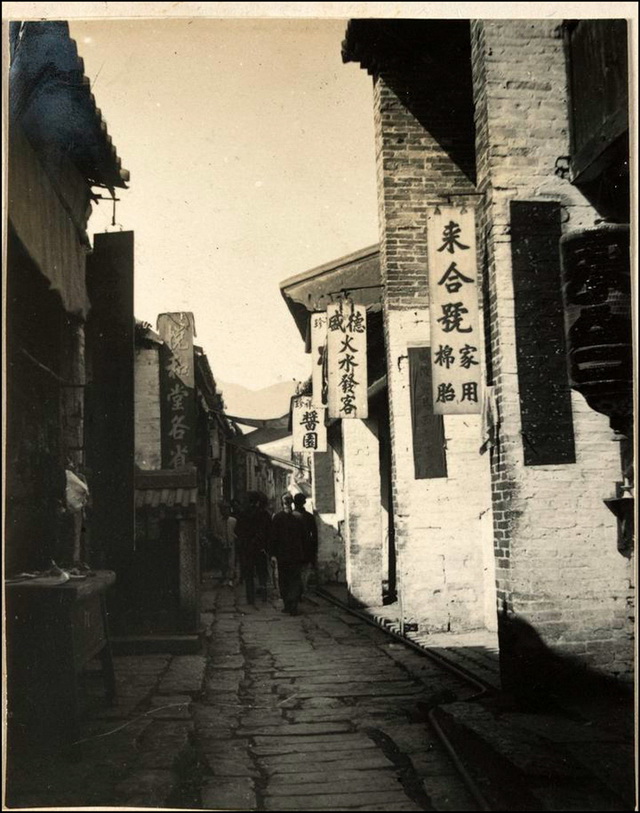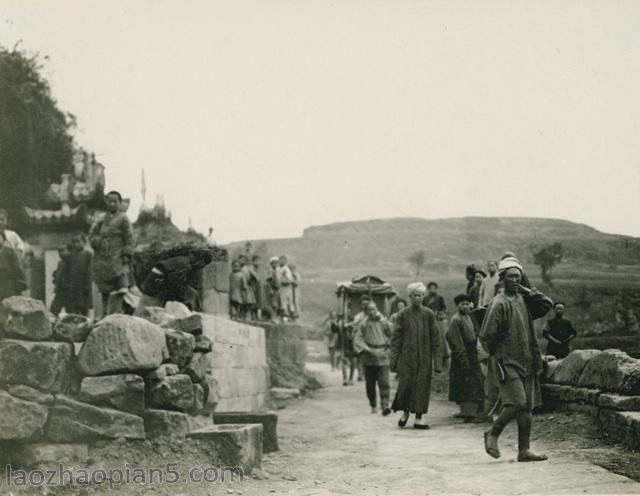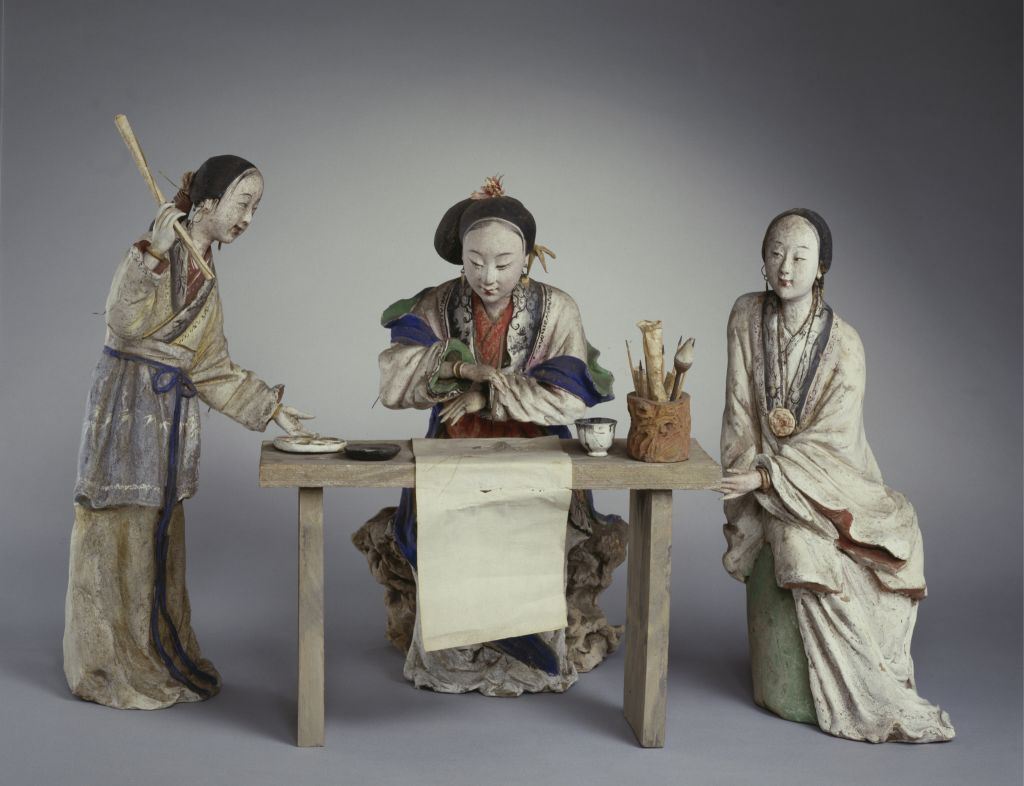[Wang Shimin’s Atlas of Changbai Mountain]
The Atlas of Changbai Mountain, Qing Dynasty, Wang Shimin’s painting, paper, ink, 31.5 cm in length and 201 cm in width
The painting was painted in the sixth year of Chongzhen (1633) of the Ming Dynasty. The painter was 42 years old and was his early representative work. According to the inscription and postscript, it is known that the picture is the villa of “Duke Zhang, the imperial historian”. The villa is located in Huixian Mountain in the southwest of Zouping, Shandong Province. It is also known as Changbai Mountain because the clouds in the mountain are often white. The red pine seed mentioned in the inscription and postscript is an immortal in ancient Chinese legend and is worshipped by Taoism
During Wang Shimin’s residence in Beijing, the Ming Dynasty was in a precarious situation, with the step by step of the late Jin (Qing) cavalry; There are hundreds of thousands of peasant uprisings “running across the land of Sanqin”, which is irresistible. However, the situation is increasingly difficult to deal with in the imperial court, where “all the ministers feel the same, but they feel the same, and become rich”. “The Painting of Changbai Mountain” shows the yearning of scholars such as Wang Shimin for a quiet and elegant seclusion environment, reflecting their ideal life and moral sentiment. This painting is an important work during the period when the painter gradually formed his own style of painting.
![图片[1]-Picture scroll of Changbai Mountain by Wang Shimin-China Archive](https://chinaarchive.net/Qing dynasty/painting/王时敏长白山图卷.jpg)




![[Qing Dynasty] British female painter—Elizabeth Keith, using woodblock prints to record China from the late Qing Dynasty to the early Republic of China—1915-China Archive](https://chinaarchive.net/wp-content/uploads/2022/11/image-191x300.png)
